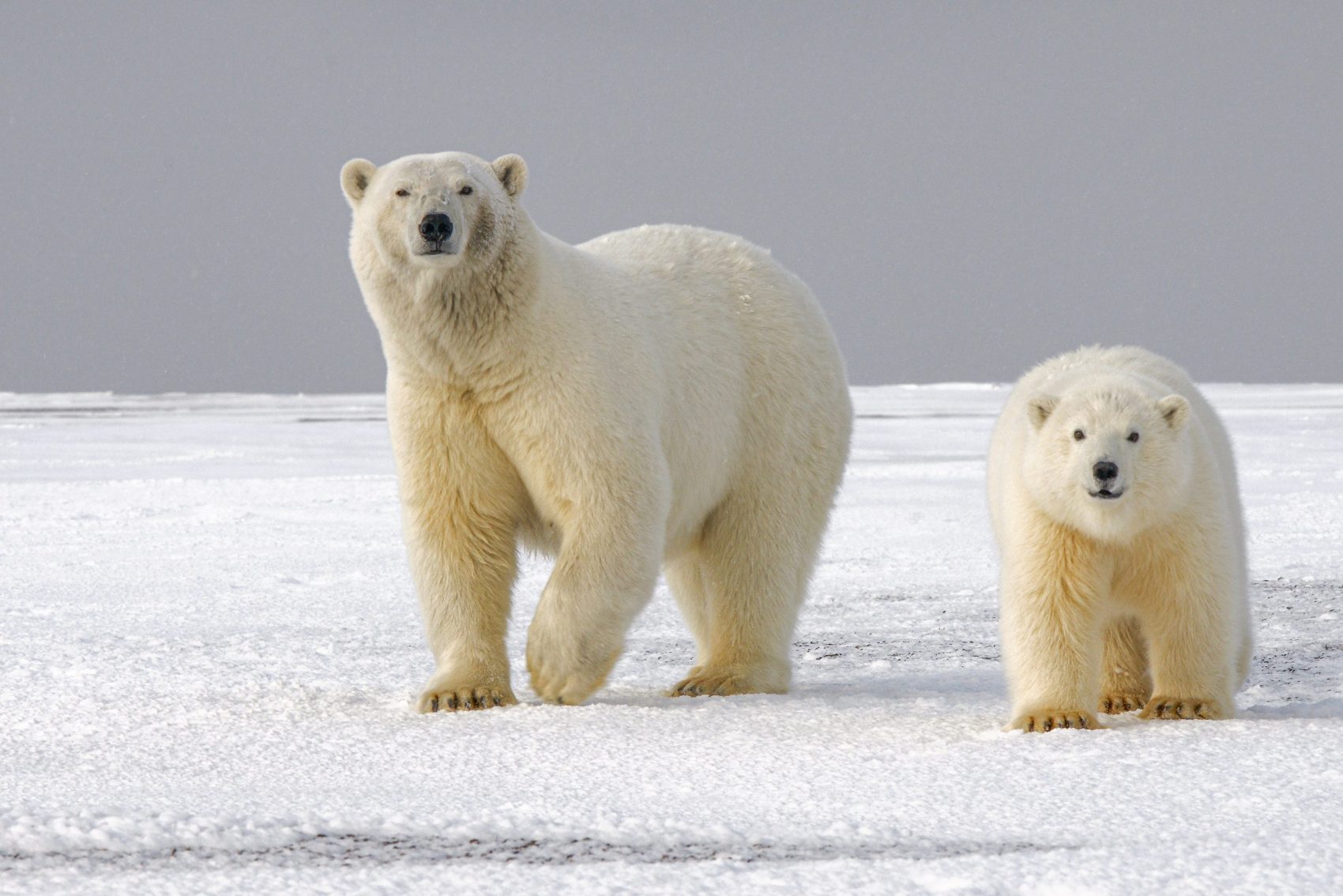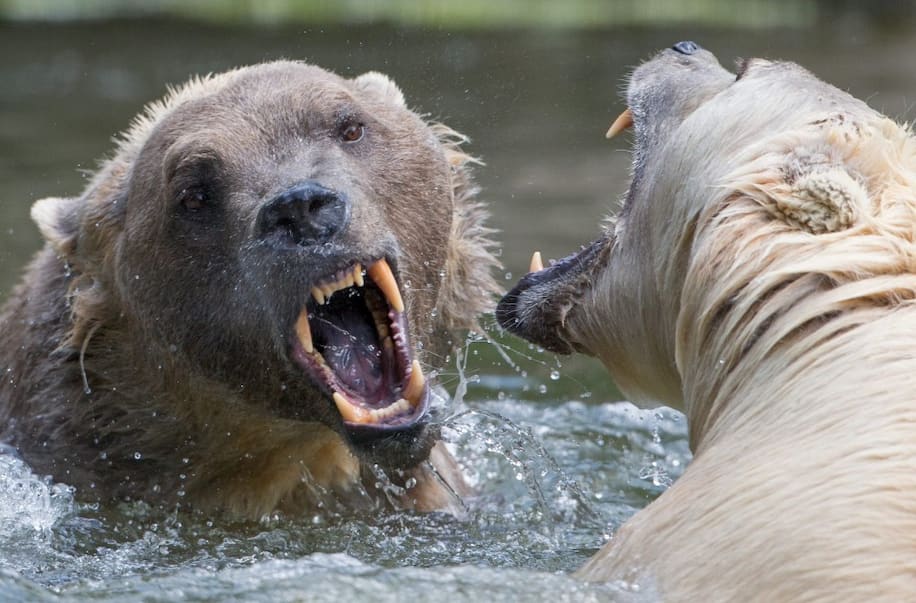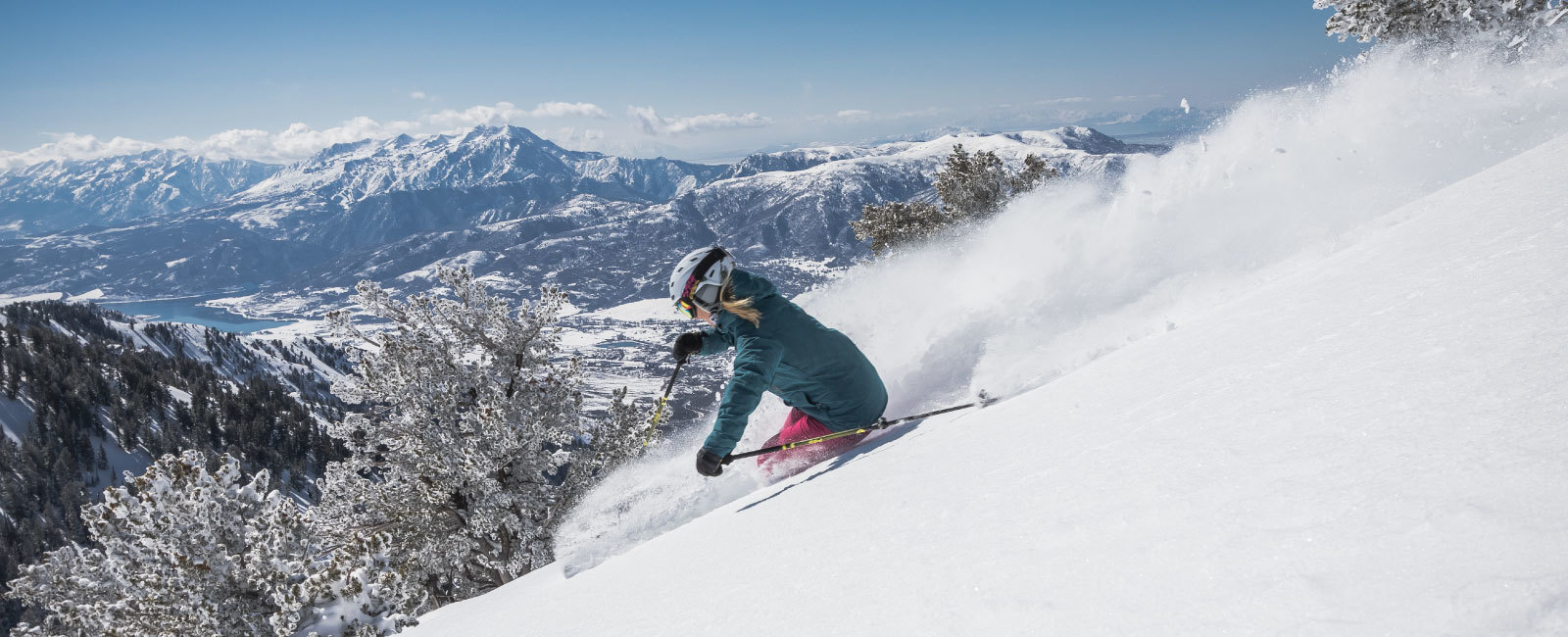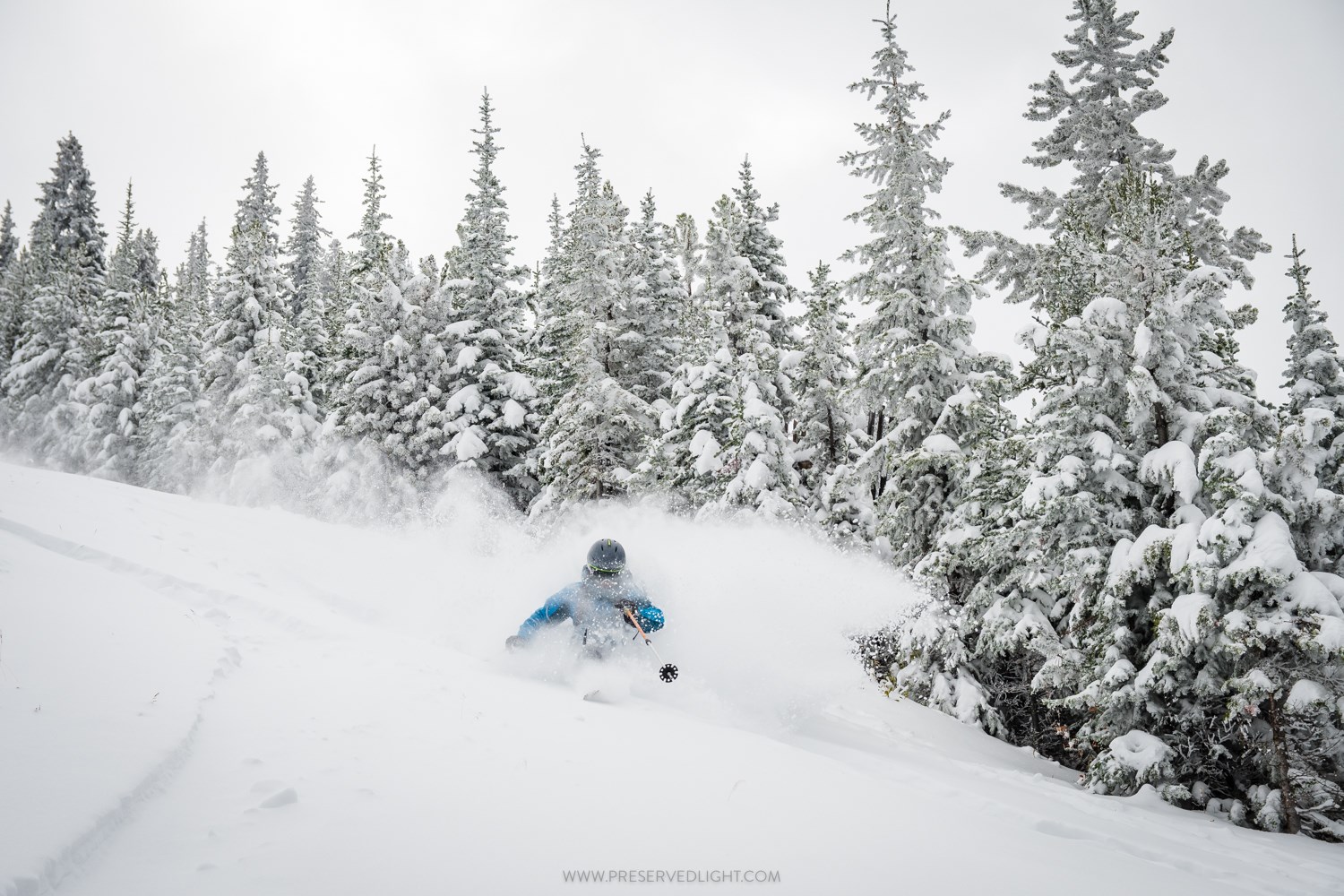
Climate change has taken its toll on the polar bear population. Despite this, they have found a way to potentially survive its impact. Scientists have seen that polar bears are mating with grizzlies and passing on their genetic code. Rising temperatures have pushed the polar bear towards extinction, shrinking its habitat and limiting its access to hunting grounds. Dwindling polar ice caps force polar bears inland, where they have begun mating with grizzly bears in areas like Alaska. This hybrid bear has come to be known as the pizzly bear.
Paleontologists have long admitted that the future looks bleak for polar bears. Their lifestyle relies heavily on sea ice, which they use to hunt ringed and bearded seals. With much of the sea ice melting, polar bears are losing access to their hunting grounds. Without the ice caps, they have limited resources to consume their specialized diet consisting mainly of blubber. They will likely have a hard time adapting as rising temperatures force them to change their eating habits.
Grizzly bears could live with rising temperatures more easily than polar bears. They hunt other animals but can adapt when food is scarce, foraging for flowering plants, roots, plant tubers, and berries. Polar bears, on the other hand, are less capable of consuming hard food. Their reliance on blubber makes it difficult for them to find alternate food when they cannot hunt for seals. As temperatures rise, polar bears and grizzly bears migrate into the same areas and compete for food.
- Related: 9 Amazing Facts About Polar Bears
The two species shared a common ancestor, some 500,000 years ago, but have since diverged. Paleontologists have studied the skulls of the two species to understand their differences better. A polar bear skull is elongated, making it more difficult to eat hard foods. Grizzly bear jaws contain larger molars than the polar bear, allowing them to feast on multiple food sources. Polar bears have smaller molars and larger canines, which are better for tearing through flesh and blubber.
The hybrid species have shown more attributes of a grizzly bear than a polar bear. First discovered in 2006, they live more like grizzlies, staying on land rather than the ice caps. The two species have encountered each other in Alaska, where experts believe they mate. However, researchers have spotted them as far south as Idaho.
Climate change continues to threaten the polar bear population and cross-mating seems to be one of the only hopes to for polar bear survival.






Thank you Dave for using facts instead of fearmongering myths and politically slanted fairy tails.
Latest stats show polar bear population is up considerably, so there doesn’t appear to be much of an issue with climate change. They’ve survived every other change in climate, so I doubt they’ll have much problem with this one which, according to geologic record, isn’t nearly as significant as others in the past have been.
love making helped me survive listening to covid whackos